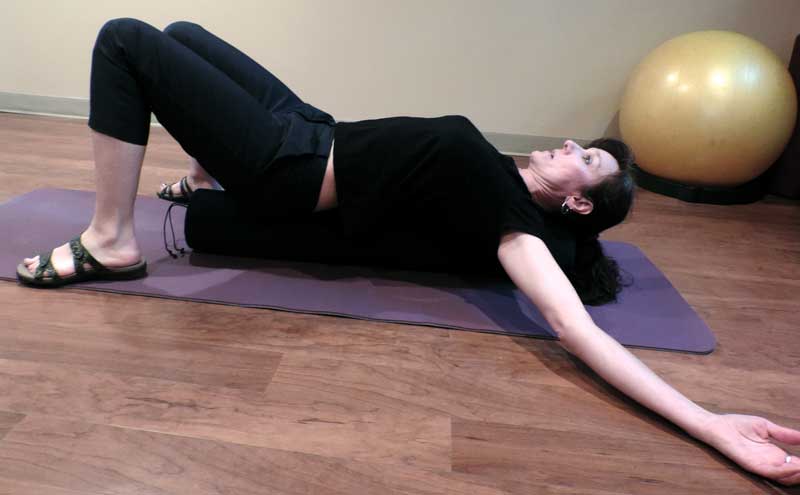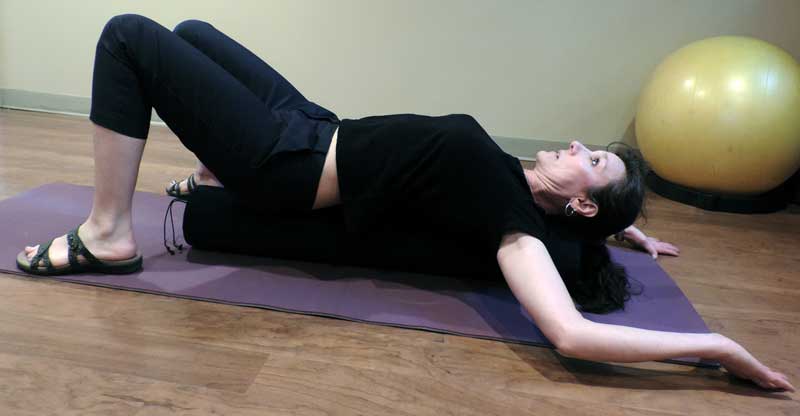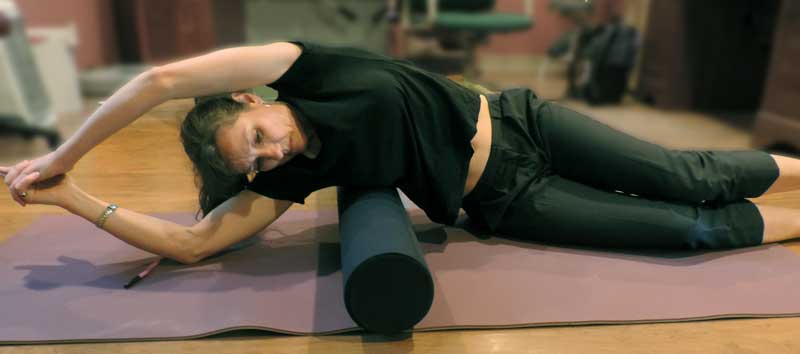Upper Back, Shoulder, and Chest
Benefits of using a foam roller is comparable to a deep tissue massage, myofascial release and myofascial trigger point therapy. Myofascial trigger points are taut bands or knots in the muscle tissue that can refer pain to other areas. Trigger points can also limit range-of-motion, inhibit muscle strength and cause muscle fatigue. Regular work can increase flexibility and performance while decreasing muscle tension and pain.
Maximize the effectiveness of the foam roller by incorporating it into your daily stretching routine. Use the roller before and after activity, and always roll before you stretch. This will help to warm up cold muscles and prepare them for deeper stretching.
Make sure you roll on soft tissue and not over joints, ligaments, or bony protrusions. Start by placing your body on a roller and slowly roll up and down the muscle. If you find a knot or tight band, hold that spot and try to feel the tissue release and soften underneath the pressure. Take deep breaths and try to keep your body relaxed as possible.
Use of the foam roller can be painful. If an area is too painful to roll, place your body on the roller for 15 seconds before moving on to the next spot. As the tissue starts to loosen up you should be able to roll with less pain.
Thoracic Spine
Position the roller so that it’s inline with your spine, knees bent with feet flat on the floor. Make sure that it is supporting you from your tailbone all the way up to the back of your head so that you can relax everything during the exercise.
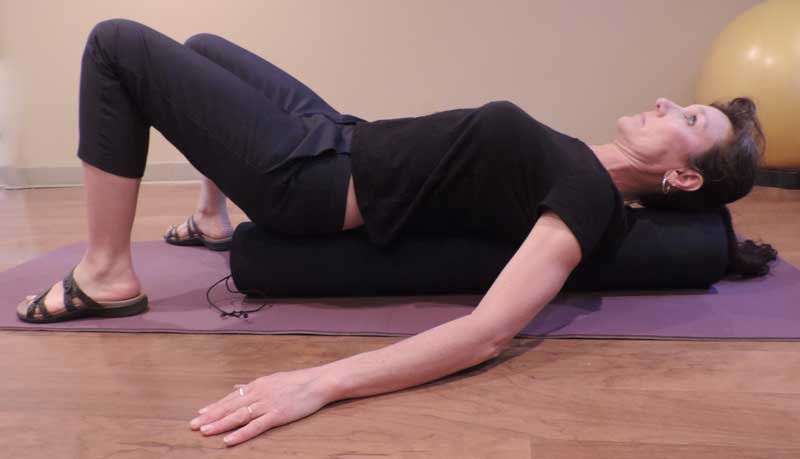
Hold this position for 15-90 seconds as long as it is comfortable and does not cause pain.
To target the the postural muscles on the right side, roll your body to the left, keeping your spine parallel to the roller, and stop on the muscles that run along the length of your spine. Hold for 15-90 seconds and allow yourself to relax. Repeat on the left side.
Pectoralis
Lie with your spine inline with the foam roller. Again, be sure to keep your head and hips supported on the roller. While keeping your knees bent and feet flat on the floor for balance, place your arms directly out to the side so you make a “T” with your body.
The more advanced version of this stretch is to have your upper arms on the floor perpendicular to your body and elbows bent at a 90 degree angle up and pointing above the head (image 2). Hold for 15-90 seconds.
Upper Back (rhomboids, middle trapezius, thoracic spine)

Lie with the foam roller perpendicular to your body under the upper back. place your hands across your chest or behind your head with your elbows drawn in slightly toward midline- this allows for cervical spine support as well as letting your shoulder blades separate.
If able, move body up and down a few inches at a time to target trigger points. Hold for 15-90 seconds as long as it is comfortable and does not cause pain.
Lateral Upper Back (latissimus dorsi, teres major)
Lie on the left side with the foam roller perpendicular to the body and slightly below the armpit. Lean back slightly and extend the left arm out with your palm facing forward. Hold for 15-90 seconds. Repeat on right side.
To get an additional spot, try angling your body (as seen in picture 2) to assist in getting more of the teres/latissimus region.
Mid Back (rhomboids)
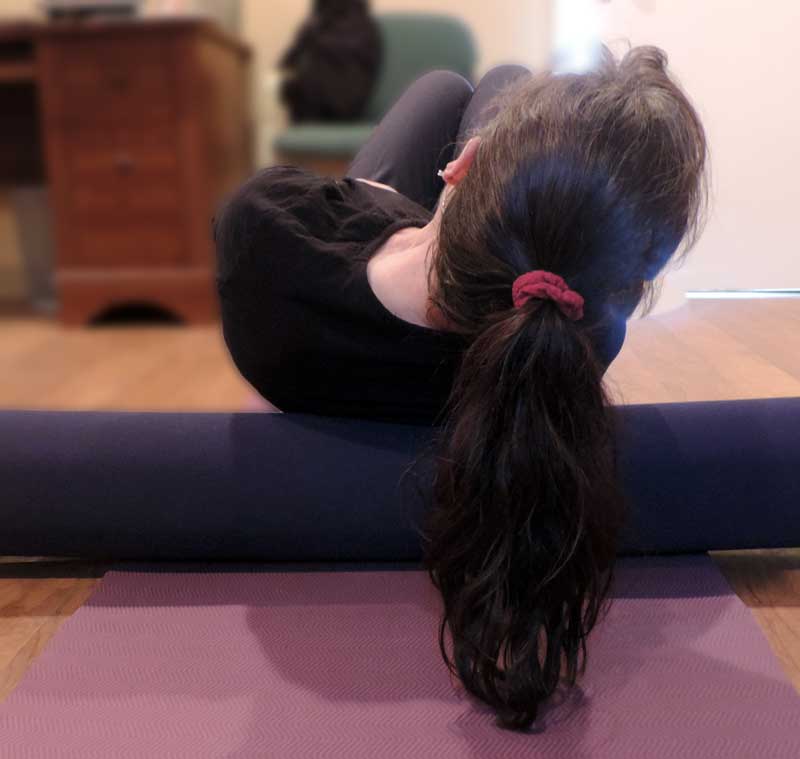
Lie with foam roller perpendicular to your body and across the shoulder blades, arms crossed on chest. Turn slight to the right about 40-45 degrees or until the roller rest between the shoulder blade and spine. Once positioned, slowly roll your body up and down an inch or two in either direction along the rhomboid. Hold for 15-90 seconds. Repeat on opposite side of body.
